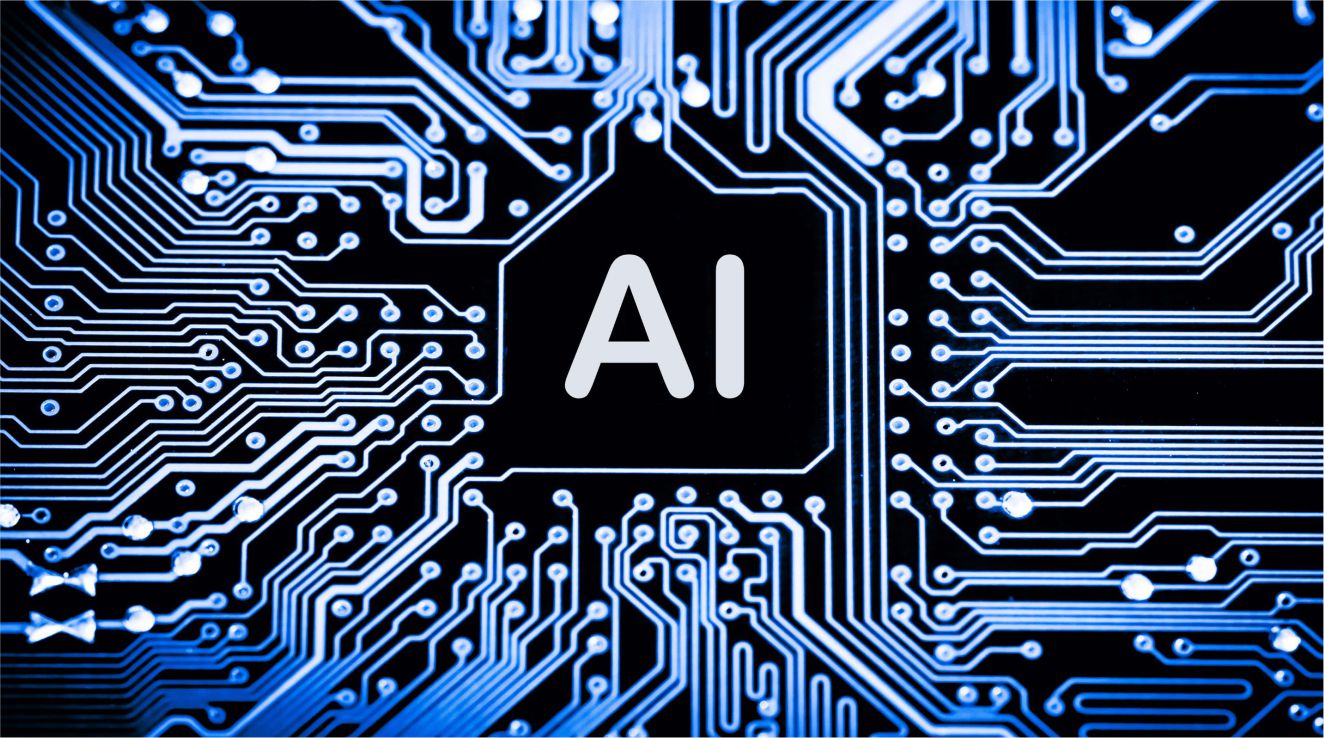The AI race has officially begun, and as expected, the United States and China are leading the charge. According to recent data released by Stanford University, total private AI investment in the U.S. surged to USD 109 billion in 2024. China follows closely, driven by significant state spending and private investments amounting to USD 1.4 billion.
In France, the government has committed USD 1.1 billion in state funding, complemented by private sector pledges of USD 11 billion to be injected over the coming years.
In comparison, India has announced its National AI Mission with a capital outlay of USD 1.3 billion over five years, alongside private investments totaling USD 1.4 billion. While this is a step in the right direction, India needs a more comprehensive and strategic approach to effectively compete on the global AI stage.
India may consider adopting aspects of the French model to build a strong institutional framework to support its AI ambitions. A dedicated nodal agency under the Prime Minister’s Office—ssimilar to the Space Commission—could be established to oversee the implementation of the AI mission. This agency could work closely with the Digital India Corporation, ensuring coordination across various ministries and government departments while also engaging the private sector.
India’s AI ambition may get boost from creating a central, mission-driven research institution, akin to France’s INRIA (National Institute for Research in Digital Science and Technology)—to lead and support AI research initiatives. Such an institution would serve as a hub for innovation, offering private players access to critical resources and cutting-edge knowledge in the field.
To facilitate easier access to funding for AI startups and innovators, a dedicated Fund of Funds could be established. This would help attract private capital and foster a robust public-private partnership ecosystem in the AI sector. France has demonstrated success in this area by effectively attracting private investment through a mix of government support, co-investment schemes, and the sponsorship of AI consortia.
Though India’s AI mission has been effective in bringing together the relevant stakeholders, the private capex in the AI sector has been lagging. The Government may adopt the role of an anchor investor across the AI value chain assuring the adequate liquidity supply for the sector.
As the global AI race accelerates, India stands at a pivotal crossroads. The foundation has been laid, but the road ahead requires bold policy decisions, strategic institution building, and strong collaboration between government, academia, and industry. By drawing lessons from international models like France’s and capitalizing on its own strengths in digital innovation and talent, India can create a distinctive path. This path has the potential not only to narrow the gap with current leaders but also to set new benchmarks in responsible, inclusive, and impactful AI development. The race is not just about speed but about choosing the right direction. With thoughtful planning and decisive action, India can emerge as a true leader in the AI era.







